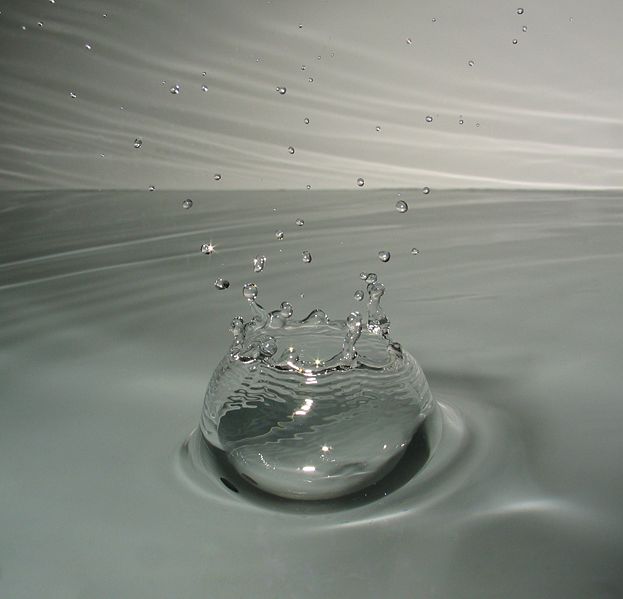Tiny particles of pure silica coated with an active substance can be used to remove toxic chemicals, harmful bacteria and viruses and other dangerous substances from water in an efficient and cost-effective way

Tiny particles of pure silica coated with an active substance could be used to remove toxic chemicals, harmful bacteria and viruses and other dangerous substances from water in a more efficient and cost-effective manner than the methods currently available for water purification, according to an article by researchers published in the "International Journal of Nanotechnology".
Peter Majewski and Tsiu Ping Tsan from the Ian Wark Research Institute at the University of South Australia, explain that the availability of quality drinking water is quickly becoming a social and economic problem worldwide, especially in developing countries. However, water purification technologies are often complex, require sophisticated equipment and their maintenance and operation are too expensive. Furthermore, they require, as a final step in the process, a final disinfection of the water, which is expensive.
The Australian team suggests that nanotechnology could provide a simple solution to this problem. The researchers examined how silica particles could undergo a simple coating with a nanometric layer of an active substance based on a hydrocarbon with a skeleton that contains zinc. The coating is obtained through a chemical process of self-organization so that there is only the need to mix together the starting materials. These active particles, called "surface engineered silica" (SES), were then tested to demonstrate that they could remove biological compounds, viral pathogens such as the polio virus, bacteria such as Escherichia coli and other waterborne pathogens.
"The results clearly indicate that organic components can be effectively removed in the pH ranges of drinking water by mixing the coated particles in the polluted water for about one hour and filtering the powder," say the researchers. They state that the filtering process is carried out due to an electrostatic attraction between the pathogens and the engineered surfaces on the particles.
The current report titled 'Water for People - Water for Life' of the Water Assessment Program of the United Nations Organization UNESCO states that over 6000 people die every day as a result of water-borne diseases, including: diarrhea, infections caused by harmful worms and diseases other infections. In addition, organic pollutants originating from the aqueous waste of various industries such as: factories for the production of paper, fabrics and leather, foundries for metals and refineries for chemicals are the main cause of diseases in parts of the world where safety regulations do not sufficiently protect the citizens from the effluents of these types of industries. The nanotechnological method for water purification of the aforementioned research team could help prevent diseases and poisoning of millions of people all over the world.

5 תגובות
Is it just me or does it remind me of the white blood cells?
These particles look to me just like the chemical and nanotechnological equivalents of the biological white blood cells.
And regarding the method, it is not so clear what the formula of the compound in question is.
But according to what I understand, the particles actually take advantage of the fact that they work in polar water against viruses that are relatively large compared to the water molecules and lack polarity? Or is the connection actually chemically adapted to one of the receptors in the envelope of the virus?
Even so, there are too many people on KDA, so less than 6000 a day is not bad.
interesting.
I also wonder how much a kilo of powder like this costs and how many kilos of water does it purify per hour?
The best thing about nanometer particles, in this case, is the surface area in relation to the volume - which, as we know, increases as the body gets smaller. But what happens after the active sites absorb the pathogens or the causes of suffering? Can it be cleaned and recycled or should the powder be collected and transferred to a proper burial?
I would think that all those solar collectors from inefficient electricity converters (up to 5.6% as we read in the last few days) could have coupled the process that produces mostly heat with something that can use this heat - for example water purification. how? Good question. I do not know. Perhaps, for example, using the heat and pressure it creates for the purpose of reverse osmosis, etc. The inefficiency of one process can be used in another process, even if only partially.
Greetings friends,
Ami Bachar
Because it is impossible for Gil to say something good about a scientific achievement. Not even if they wrote in the article that the powder is filtered from the water.
Or we will get water contaminated with tiny nano particles.
It's much more dangerous.